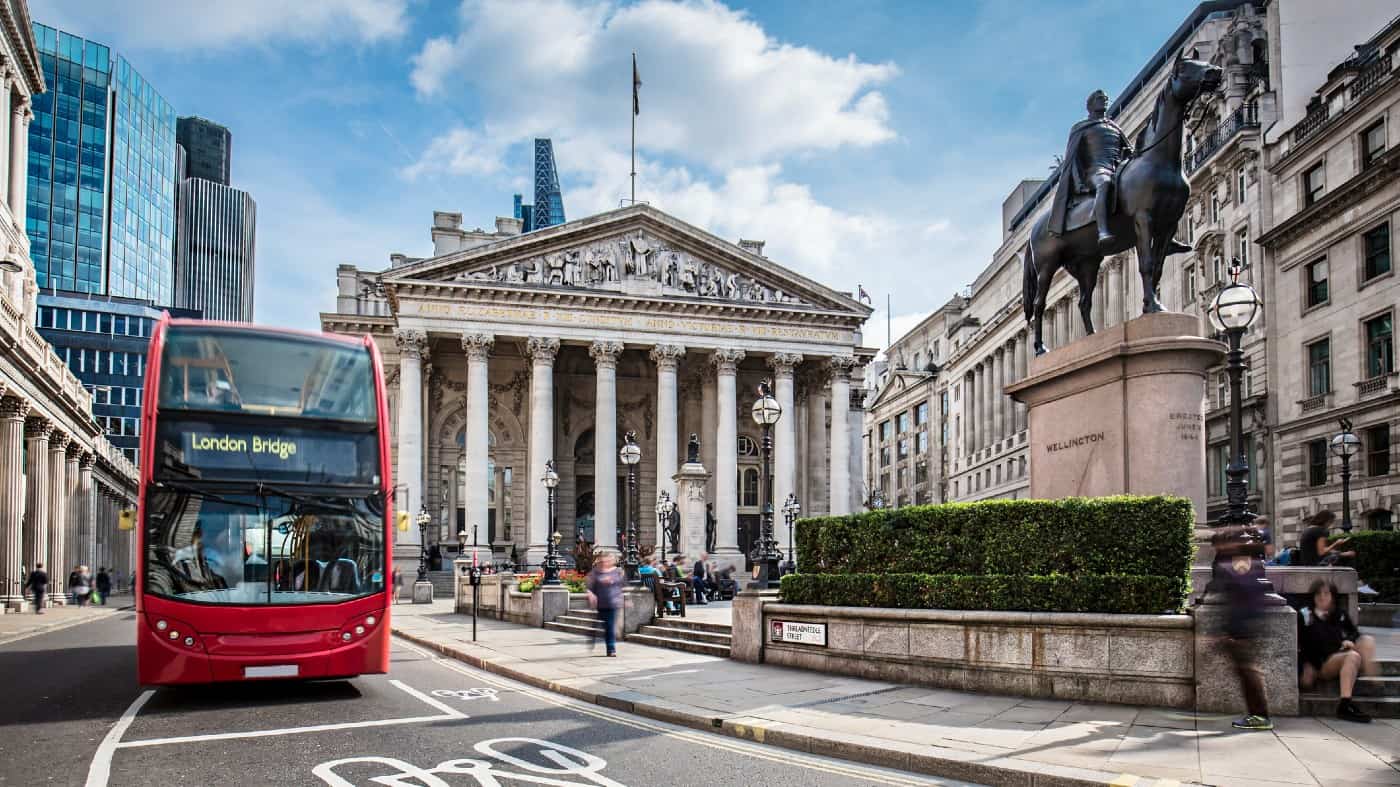Image source: National Grid plc
National Grid (LSE:NG.) shares are enduringly popular among British investors. With reliable cash flows, high dividend payments, and monopoly power over the electricity network, it’s easy to see why this business is a FTSE 100 favourite.
But, as the National Grid share price climbs within a few percentage points of an all-time high, I’m wondering whether this blue-chip stock is still a cheap buy right now.
Let’s look at the investment case today.
A turbulent year
National Grid shares are often lauded for stability, but 2024 has been an unusually volatile year. The major event was a £7bn equity raise via a rights issue in May, which triggered a sharp fall in the share price.
Naturally, many shareholders had concerns about dividend dilution and ballooning capital costs. The company plans to hike capital investment to £60bn across the UK and the US over five years.
On top of this, the business finished FY24 with £43.6bn in net debt. National Grid enjoys a high degree of regulatory protection that insulates it from some risks faced by other debt-heavy companies. Nonetheless, the balance sheet isn’t exactly in a lean shape.
However, let’s not forget that the last big rights issue in the UK stock market was conducted by Rolls-Royce during its pandemic struggles in 2020. Since then, the engineering giant’s share price has enjoyed explosive growth.
Indeed, National Grid shares themselves have already pared back almost all the losses they endured in the wake of May’s fundraising.
Dividend stability
One effect of increasing the share count by 29% is the rebasing of National Grid’s dividend payouts. This is a potential worry for investors considering high distributions have been central to the stock’s long-term appeal, especially for retirees seeking regular passive income.
That said, it’s important not to overlook the impressive dividend history. The stock has consistently yielded between 4% and 6% for the past decade. The board’s ambition is for dividends to grow in line with CPIH inflation going forward and the current yield is an attractive 5.5%.
But it’s also worth acknowledging that the heavily regulated environment in which National Grid operates poses risks to dividend sustainability. Ofgem exercises significant control over the firm’s profit potential.
Ultimately, regulatory decisions could put a cap on future share price growth and dividend payouts. A final framework decision for the next price control period — April 2026 to March 2031 — won’t be made until late next year.
Growth prospects
Despite trading near a 52-week high, I think there’s still good value in the National Grid share price. A forward price-to-earnings (P/E) ratio of 14.7 looks reasonable, which bodes well for future returns.
A key advantage of the rights issue is the added flexibility it offers to focus on long-term growth opportunities. National Grid expects to deliver 10% annual group asset growth until 2029. If achieved, the business would have £100bn in group assets at the end of the period.
Ultimately, the utility giant seems well-positioned to capitalise on the green energy transition. Granted, there are plenty of potential pitfalls in delivering huge infrastructure upgrades and regulatory risks to bear in mind. But overall I’d be happy to buy National Grid shares if I had spare cash to invest.
Credit: Source link














